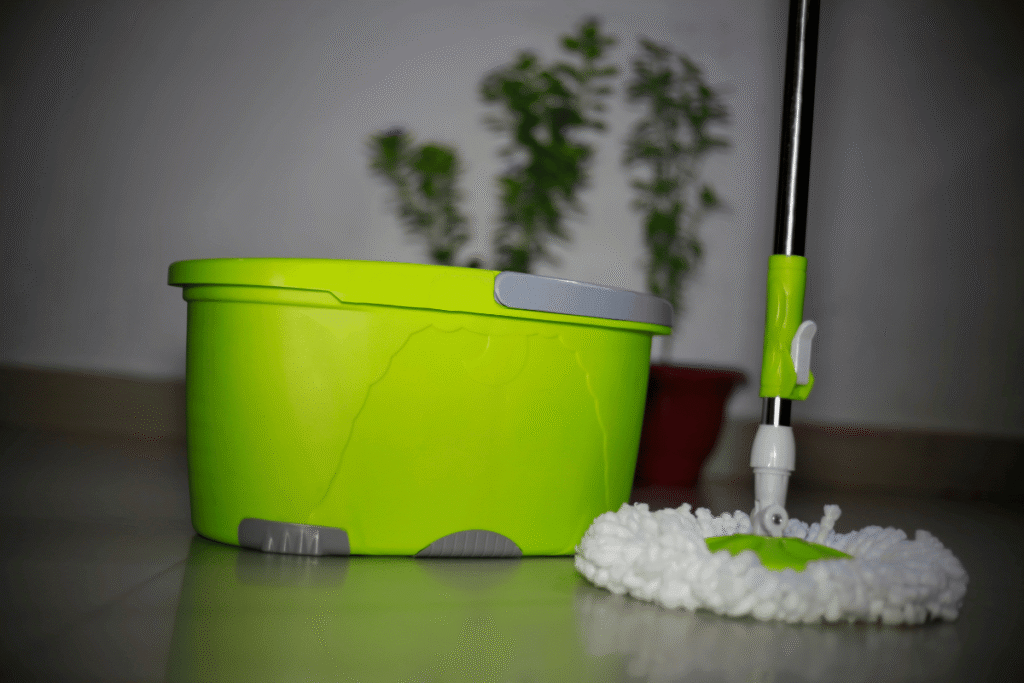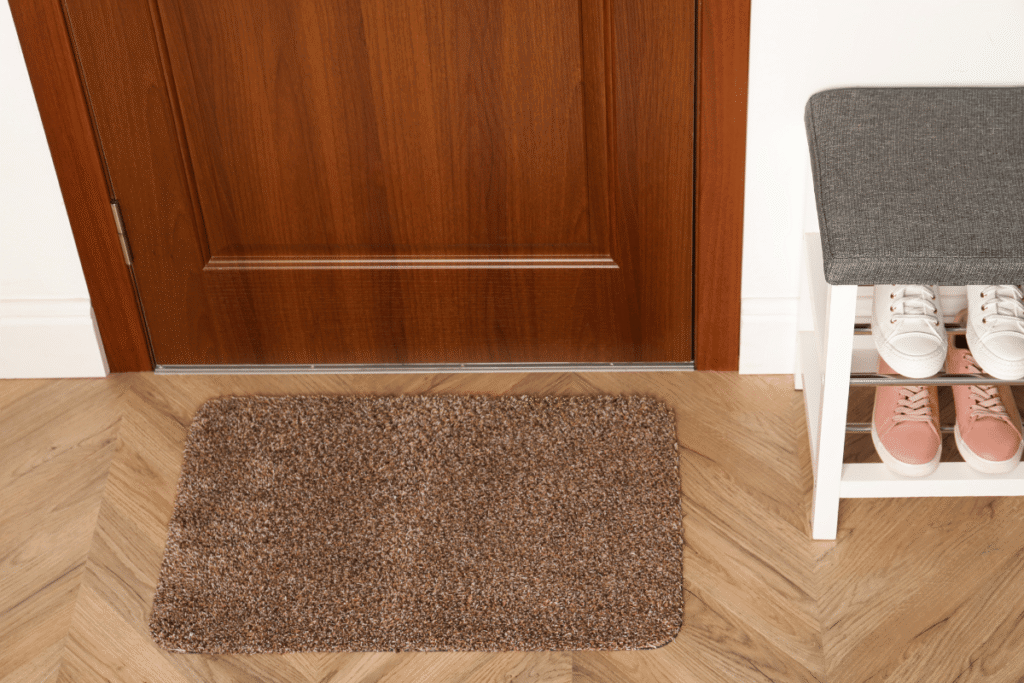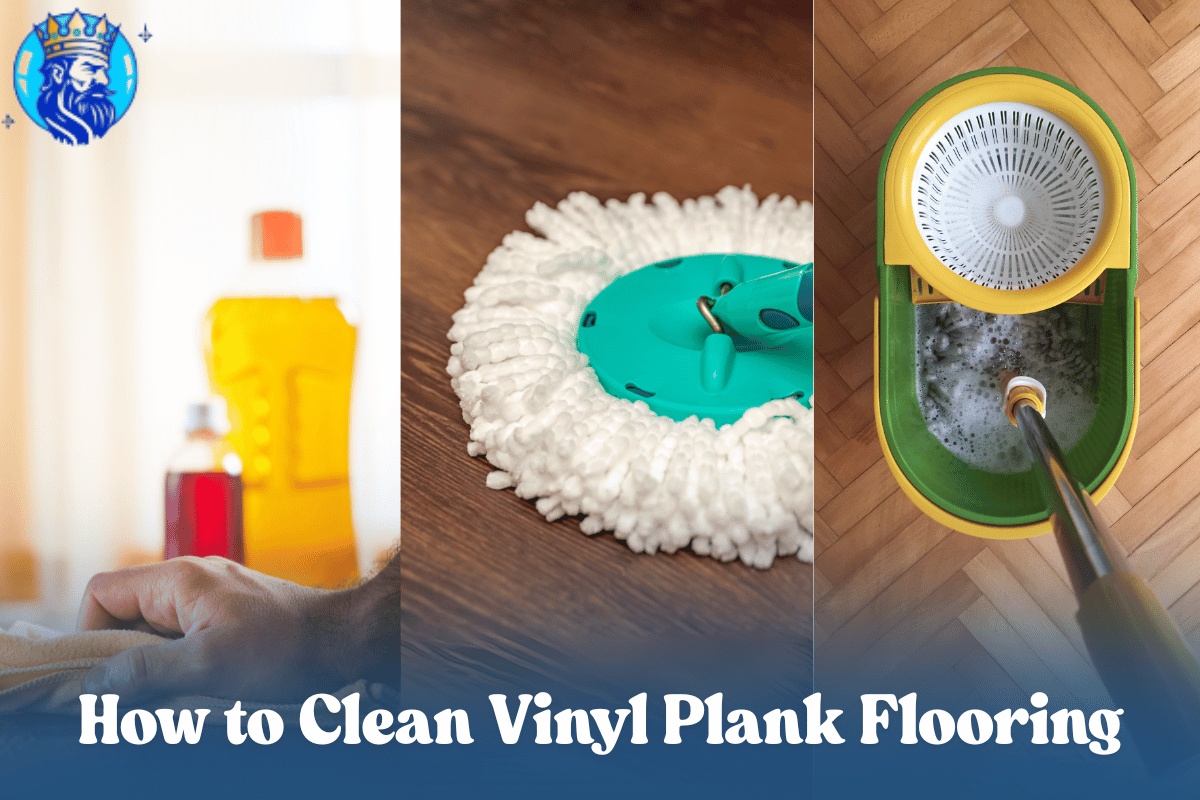Vinyl plank flooring is one of the most popular choices for commercial spaces and upscale residential interiors. It’s durable, water-resistant, and offers the elegant look of hardwood without the maintenance headaches. But like any surface, it still requires proper care, especially in high-traffic areas like offices, retail stores, and public buildings.
If you’re wondering how to clean vinyl plank flooring effectively without damaging the finish or leaving behind streaks, this guide will walk you through everything you need to know.
Understand the Surface You’re Working With
Vinyl plank flooring typically has a protective top layer called a “wear layer,” designed to resist scratches and scuffs. However, it’s not invincible. Dirt, dust, and commercial grime can still dull its shine over time, especially during wet months when mud and salt find their way indoors.
That’s why knowing the right cleaning methods and maintenance habits is key to preserving its appearance and longevity.
1. Start With Dry Debris Removal
Before any wet cleaning, begin with a dry clean. Use a soft-bristle broom or microfibre dust mop to pick up loose dirt, hair, and grit. For large commercial spaces, an industrial dust mop or vacuum with a hard floor setting can make this job more efficient.
Never use a beater bar vacuum on vinyl, as it can scuff or dent the surface.
2. Use a Damp Mop Not a Soaking Wet One

Vinyl planks are water-resistant, but that doesn’t mean you can flood them. Too much water can seep between planks and affect the adhesive beneath. Always wring out your mop thoroughly before use.
Stick to damp-mopping in sections, and avoid letting water pool on the surface, especially in cold Canadian months when moisture levels fluctuate indoors.
3. Choose a pH-Neutral Cleaner
When it comes to cleaning agents, less is more. A pH-neutral floor cleaner designed for vinyl or luxury vinyl tile (LVT) is ideal. These cleaners lift grime without stripping the protective layer or leaving behind a sticky residue.
Avoid harsh chemicals like bleach, ammonia, or abrasive powders. They might seem effective in the short term but will break down the surface over time.
4. Focus on High-Traffic Zones
Hallways, entrances, staff rooms, and washroom corridors tend to collect the most buildup. These areas benefit from more frequent spot cleaning using microfibre cloths or soft pads.
For commercial properties, implementing a rotating cleaning schedule helps maintain hygiene standards while extending the life of the flooring.
5. Don’t Skip the Entry Mats

hile not a cleaning method per se, entry mats are one of the easiest ways to reduce how much dirt ends up on your floors. In commercial environments, a dual-mat system (one outside and one inside) can significantly cut down on grit, salt, and moisture.
Regularly clean these mats, or they’ll end up reintroducing the very mess you’re trying to prevent.
6. Tackle Spills Quickly
Spills are inevitable coffee, juice, cleaning products, or even printer toner. The key is to act fast. Wipe up liquids immediately with a clean cloth or mop before they have a chance to seep into seams or cause discolouration.
Use warm water and a diluted cleaner if needed, but never let the solution sit too long on the surface.
7. Avoid Wax and Polish Products
Vinyl floors don’t need wax to shine in fact, most are coated with a no-wax polyurethane layer. Applying wax-based products can create buildup and even attract more dirt.
If your floors are looking dull despite regular cleaning, it might be time for a deeper clean by expert services who know cleaning methods for such materials especially when managing large or complex spaces. Hiring a professional commercial cleaning service ensures thorough maintenance with the right tools and products to extend the life and appearance of your vinyl plank flooring.
8. Buffing, Not Scrubbing

For stubborn marks like scuffing from chair legs or rubber soles, gently buff with a microfibre cloth rather than scrubbing aggressively. Abrasive sponges can scratch the surface and do more harm than good.
If the marks persist, consult a cleaner who knows this method of cleaning rather than experimenting with strong chemicals.
9. Plan for Periodic Deep Cleans
Regular mopping is great for maintenance, but over time, vinyl floors need more than just surface attention especially in shared environments. Build-up from footwear, residue from cleaning products, and fine dust in grout lines (if adjacent tiles are involved) can make even clean floors look dingy.
This is where professional cleaners step in. If you haven’t already, check out our article on how to Clean Grout on Tile Floor, which offers helpful tips relevant to adjacent flooring types in mixed-material spaces.
The Kings Cleaners Approach
When it comes to long-term care for surfaces like vinyl plank flooring, what matters is how the cleaning is done. At Kings Cleaners, we take a structured, material-conscious approach to ensure your floors remain polished, hygienic, and damage-free no matter the scale of your space.If your commercial property or home needs a fresh start, feel free to request a quote today. Our team is here to help you maintain your flooring the right way with consistency, care, and industry-approved methods.



